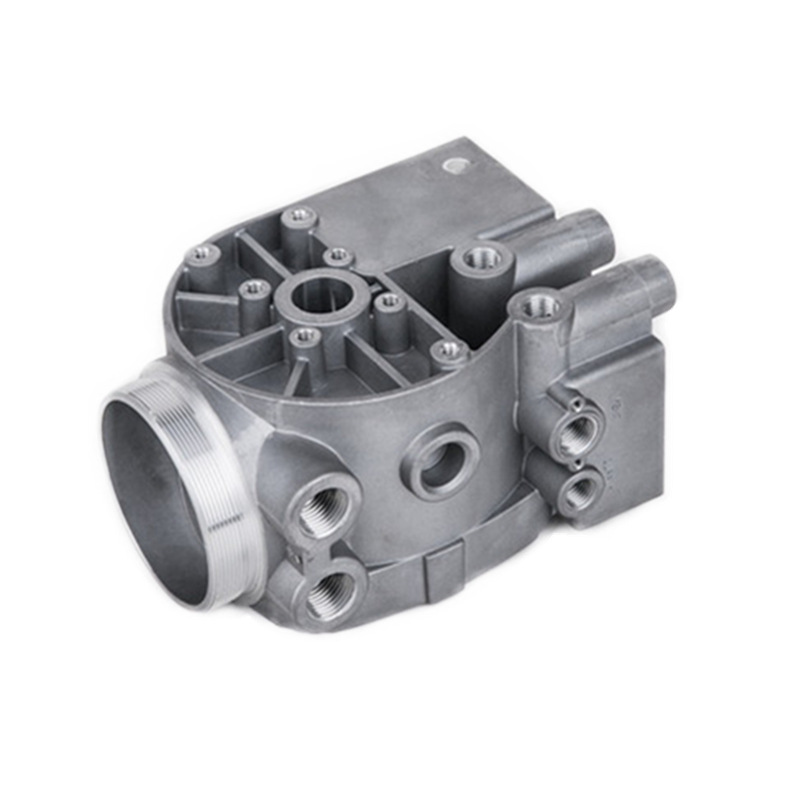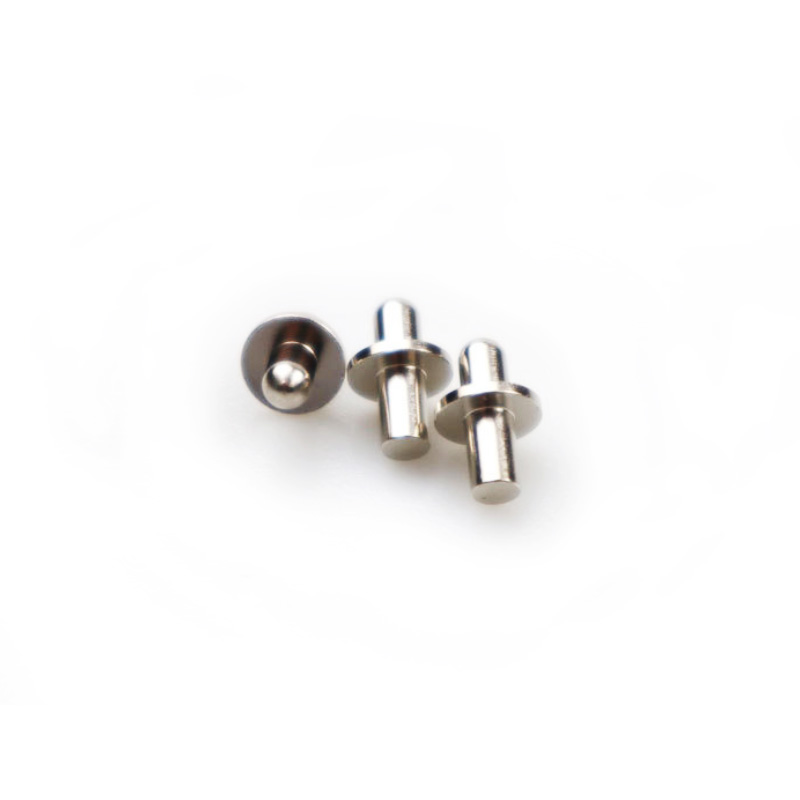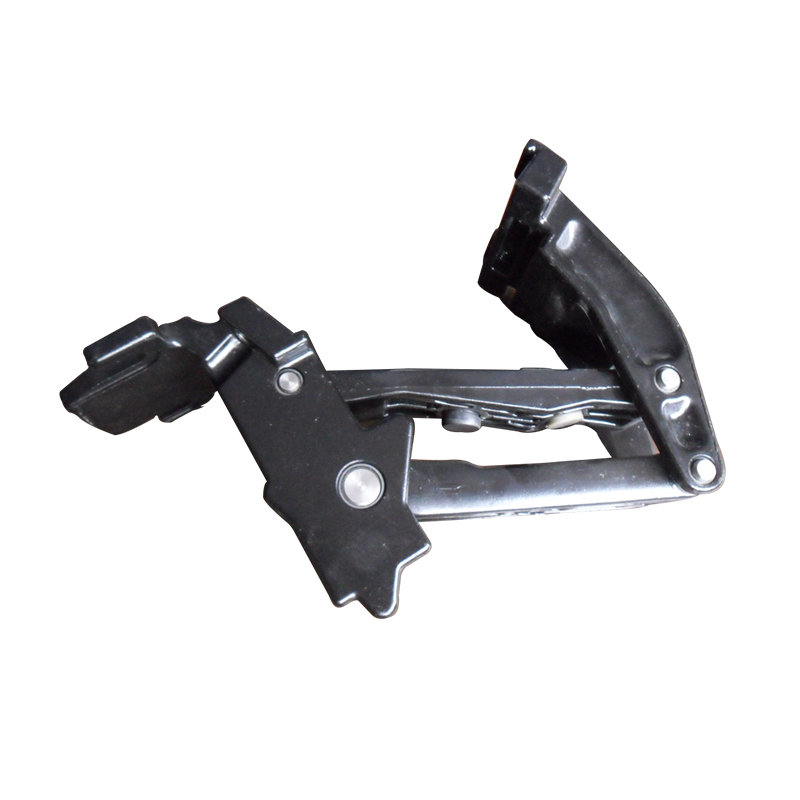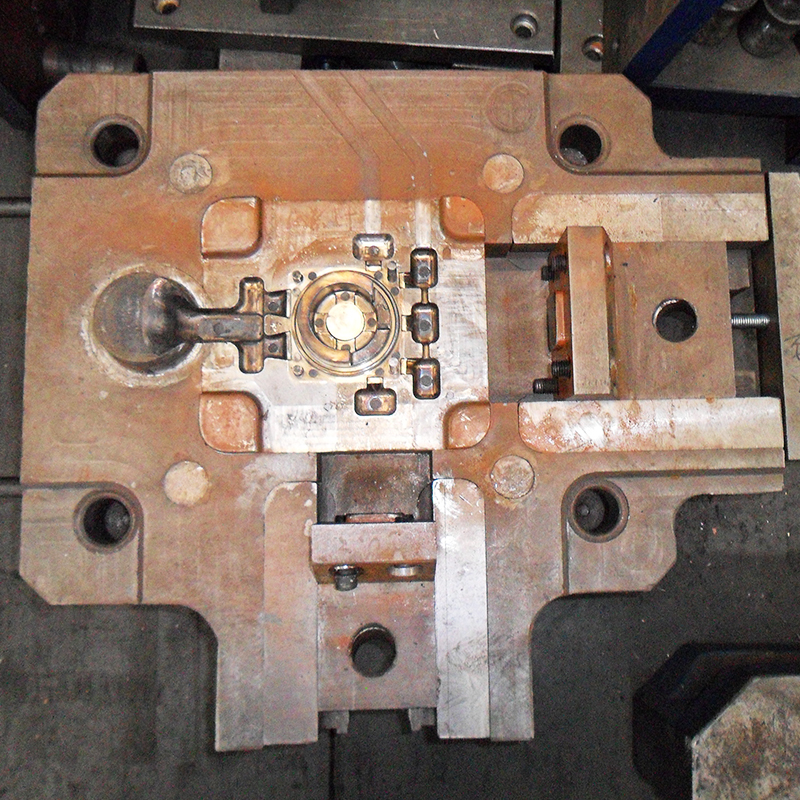Aluminum Casting Guide: Choosing the Right Process and Finishes
Aluminum casting is a specialized method used to create components from aluminum or other materials through various casting processes. This guide explores the world of aluminum casting, shedding light on its diverse processes and providing insights to help you select the most suitable method for your project. Additionally, we delve into finishing options that enhance both functionality and aesthetics.
Understanding Aluminum Casting: An aluminum cast refers to a component formed from aluminum or other metals using distinct casting techniques. Industries demanding aluminum's blend of strength, durability, lightweight properties, and compatibility with intricate designs widely employ these casts.
Numerous aluminum casting processes exist, each with distinct requirements and setups. This variety enables the creation of aluminum parts with diverse properties, catering to specific project needs. In this guide, we delve into aluminum casting processes, aiding you in identifying the optimal approach for your endeavor.
Defining Aluminum Cast: The term "aluminum cast" encompasses components produced from aluminum or other metals using diverse casting processes. Typically, these processes involve heating the aluminum or metal, then pouring the molten material into a mold shaped according to the product design. Upon cooling and solidifying, the material adopts the mold's form, embedding its properties and developing a resilient aluminum oxide coating that enhances strength and corrosion resistance.
Differentiating Cast Iron and Cast Aluminum: Although cast iron and cast aluminum share some visual similarities, their inherent properties and base materials diverge significantly. Cast aluminum offers superior strength and durability while maintaining a lighter weight than cast iron. The dimensional tolerance of cast aluminum surpasses that of cast iron due to aluminum's malleability, enabling greater accuracy, precision, and machinability. Moreover, cast aluminum demonstrates an improved heat capacity and dissipates heat more rapidly than cast iron.
Contrasting Wrought Aluminum and Cast Aluminum: Cast aluminum possesses higher carbon content and robust mechanical properties compared to wrought aluminum. Notably, cast aluminum boasts heightened durability. Three key distinctions between these materials include:
- Product forms: Wrought aluminum primarily appears in rod or plate forms, suitable for extrusion or CNC machining. Cast aluminum typically maintains a solid shape based on the final product or billet form.
- Alloying elements: While both materials share alloying elements, their quantities and compositions differ. For instance, cast aluminum contains a higher silicon percentage, contributing to enhanced fluidity.
- Product properties: Cast aluminum exhibits superior strength compared to wrought aluminum. Conversely, wrought aluminum excels in dimensional accuracy, machinability, and tensile strength.
Exploring Types of Aluminum Casting Processes: Three primary aluminum casting processes are prevalent, each boasting unique characteristics. Let's delve into these processes and their distinct features:
-
Sand Casting: Sand casting ranks among the most prevalent casting processes, well-suited to manufacturing due to sand's high-temperature resilience. The method involves crafting a mold from sand and introducing molten aluminum into the mold. Upon cooling and solidification, the cast aluminum part is extracted. Sand casting may necessitate post-processing, given its rough surface and lower dimensional accuracy. Applications range from gas and oil tanks to aluminum gears.
-
Die Casting: Die casting is a prominent aluminum casting method, characterized by two processes: high-pressure and low-pressure die casting. High-pressure die casting involves preheating aluminum, which is then introduced into a die mold under substantial pressure. This process generates aluminum parts with effective thermal conductivity, resistance to wear and corrosion, and enhanced strength. Aerospace, culinary, and medical industries widely employ die-cast aluminum components.
-
Permanent Mold Casting: Comparable to die casting, permanent mold casting leverages gravity instead of pressure to introduce aluminum into the mold, minimizing turbulence. This technique yields stronger aluminum casts with precise dimensions and excellent surface finishes. Aircraft and automotive industries often benefit from permanent mold casting.
Selecting the Ideal Aluminum Casting Process: Choosing the appropriate casting process hinges on several factors. Consider the following aspects when making your decision:
-
Production speed: Die casting excels in mass production due to its pressurized injection process. Sand casting follows suit, with permanent mold casting lagging slightly in speed.
-
Design complexity: Sand casting suits intricate designs, whereas permanent mold casting is ideal for dimensionally precise components.
-
Prototyping: Sand casting is well-suited for prototypes due to its lower investment requirement.
-
Quantity: Die casting is preferable for larger quantities, while permanent mold casting and sand casting offer a balance between tooling and quantity.
-
Surface finishing and strength: Permanent mold casting provides an excellent equilibrium between surface finish and strength. Die casting and sand casting also offer strong components and good surface finishes.
Exploring Finishes for Aluminum Cast Components: Various finishing processes, both functional and aesthetic, can enhance the final appearance and properties of aluminum cast components. Options include painting, powder coating, anodizing, and electroplating. Choose a finish that aligns with your project's requirements and desired outcomes.
By grasping the nuances of aluminum casting processes and finishes, you can confidently navigate the realm of aluminum casting, making informed decisions to achieve the desired results for your project.
NINGBO FUERD MECHANICAL CO., LTD
Website: https://www.fuerd.com



